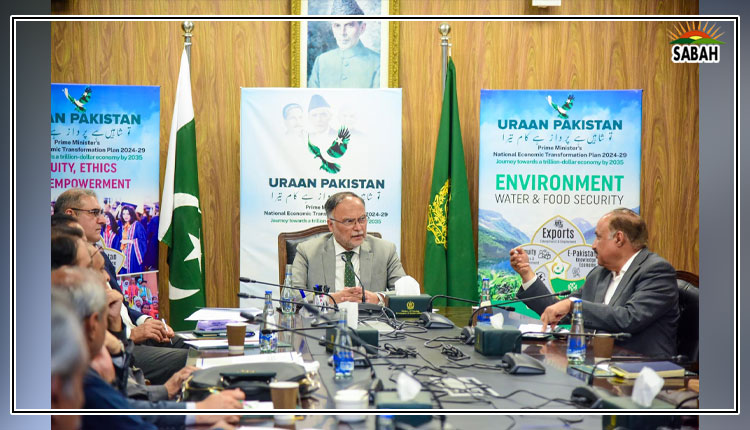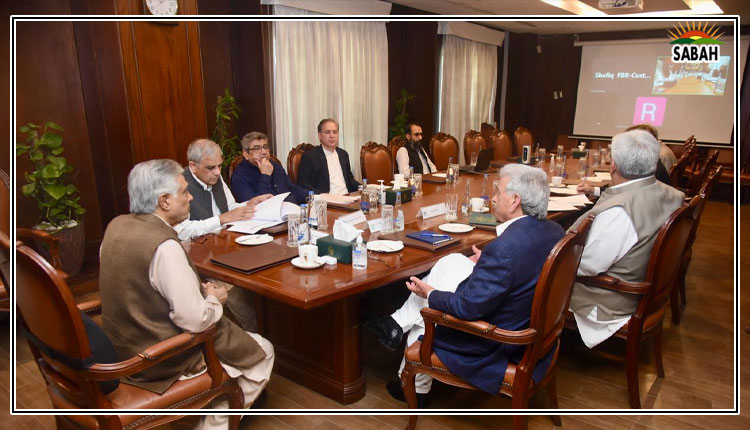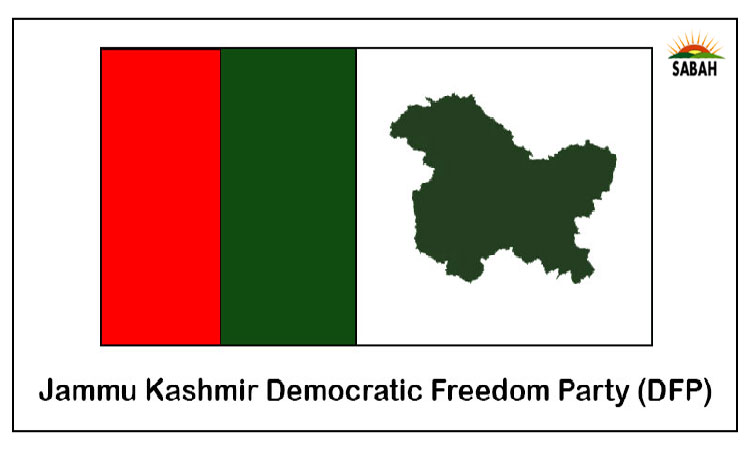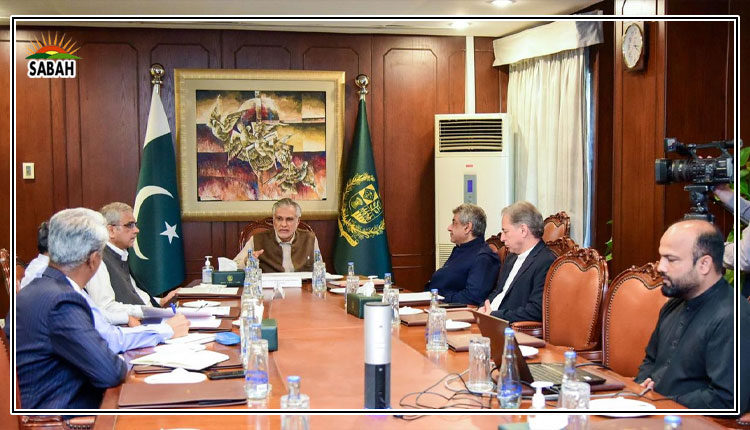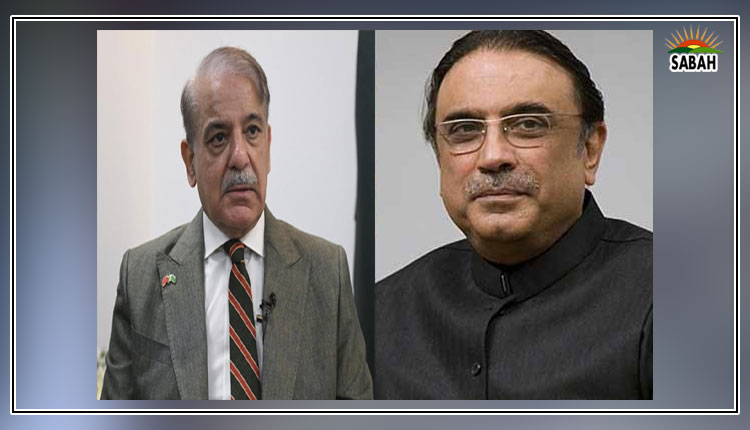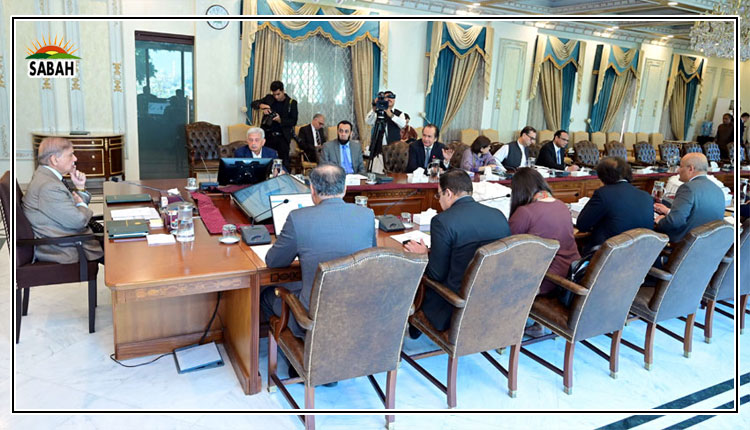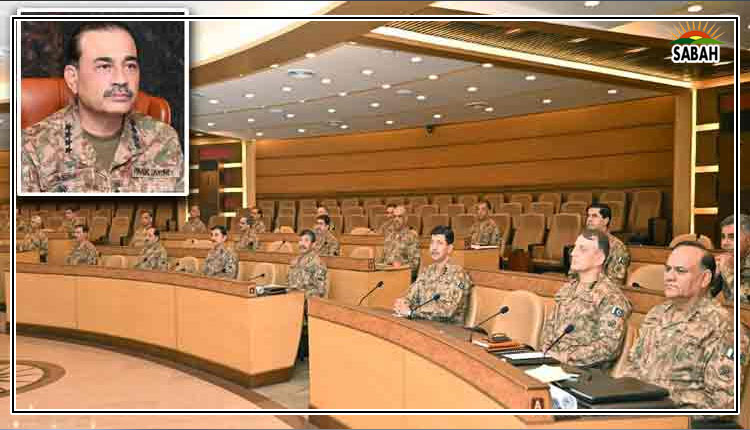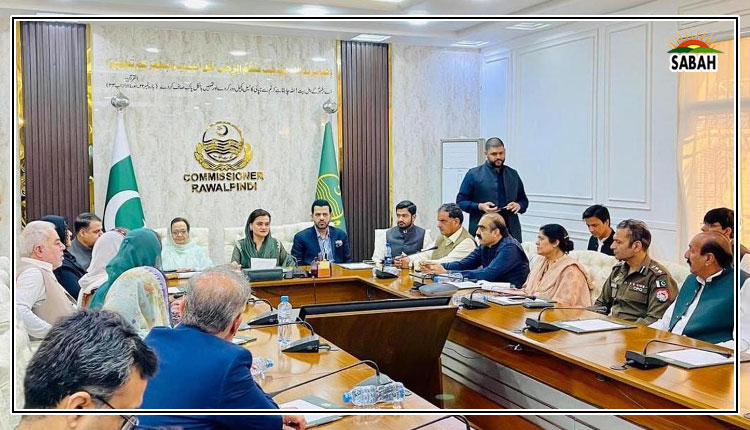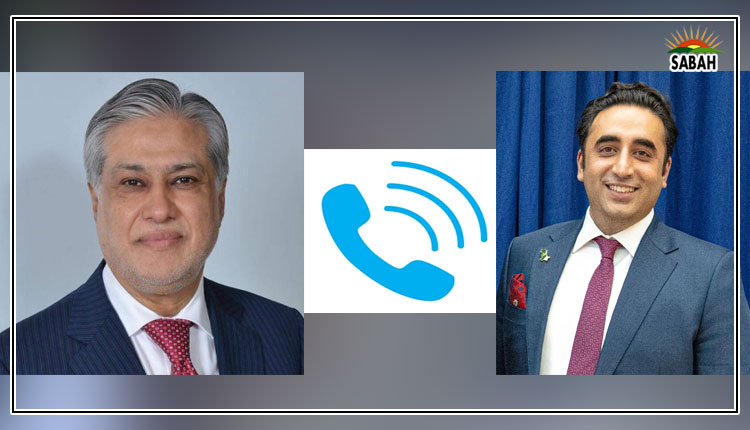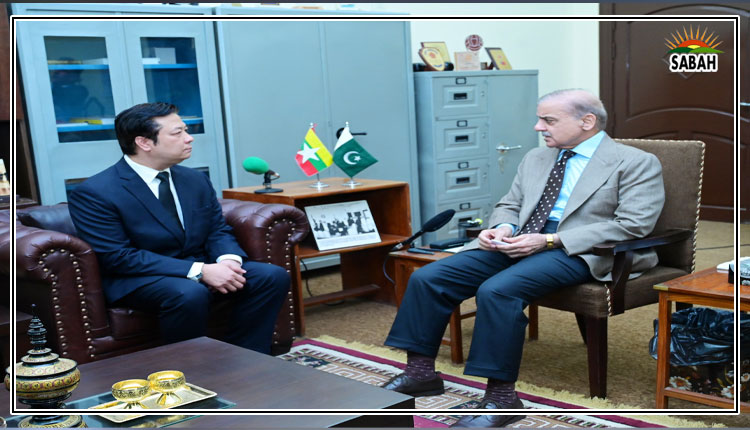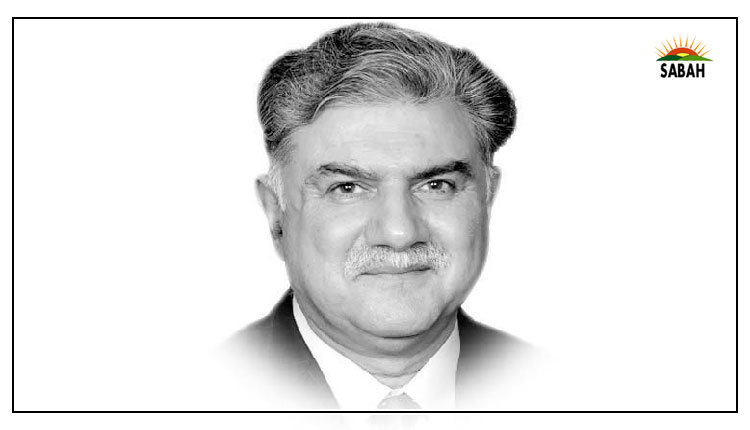Ethnicity and its role in failing the ANDSF…Inam Ul Haque
The sad story of unravelling of Afghan National Defence and Security Forces (ANDSF) in August 2021 was chronicled in the February 2023 report by SIGAR (Special Inspector General for Afghanistan Reconstruction), a US government entity.
After the collapse of Pashtun-dominated Taliban regime in 2000, carried out by the US Forces in collaboration with the non-Pashtun Northern Alliance (NA) forces, it was natural for ANDSF to have non-Pashtun over-representation, once its raising from scratch was decided under the new Afghan republic. Such non-Pashtun domination started from recruitment and went all the way up to the Afghan Ministry of Defence (MoD).
The ethnic imbalances sowed the seeds of disunity among the mainly Pashtun and the minority non-Pashtun… especially the Tajik groups. And this internecine pull and push for power ultimately hastened the undoing of ANDSF. SIGAR attributes it to the pro-Pashtun policies of President Ashraf Ghani; where in reality he was just correcting the imbalances, although the timing of doing so was not right, having the Taliban insurgency peaked consequent to Doha Agreement in 2020.
Some 100,000 men from various militias comprising NA, Pashtun tribal leaders and warlords had helped oust the first Taliban regime from power. And despite the Bonn Agreement of 2001, clearly stipulating all these extra-state forces to come under command the Afghan Interim Authority, these groups continued to operate autonomously. And despite their subsequent integration into the ANDSF, their former factional loyalties persisted.
Reconciliation among ethnic factions emerged as a nagging challenge for the US, which had empowered these disparate NA-affiliated groups during Operation Enduring Freedom. Hamid Karzai, a Pashtun tribesman from southern Afghanistan, was a compromise candidate supported by NA for Afghan presidency. He in return appointed NA leaders to key positions, including interim MoD, MoI and foreign affairs, handing over complete national security apparatus to the mainly non-Pashtun NA.
The December 2002 Agreement (Bonn II) was aimed at raising 70,000 ANA and 62,000 strong ANP, besides MoD civilian personnel from this fractured political landscape. The all-volunteer ANA was to represent Afghanistans ethnic composition as a whole. But the NA-appointee, Defence Minister Fahim Khan, staffed MoD with loyalists in senior positions and flooded early recruitment with Tajiks, leaving both entities ethnically imbalanced.
ANA drew recruits from three sources: (1) from the disarmament, demobilisation and reintegration program offering jobs to former militia fighters into the officially sanctioned army; (2) through recruitment shuras, wherein tribal elders provided able-bodied fighting age males for ANA; and (3) through recruitment by MoD. The US trainers were to vet the new recruits to ensure ethnic balance. They would, at times, delay or refuse commencement of training until new unit diversity standards were met. A typical unit represented soldiers from all over the country to curb tribal loyalties and instill a sense of nationalism.
However, the persisting ethnic and political imbalances led to the creation of a recruitment board at MoD in 2003. The US also cut funding for NA/Tajik-dominated transitional Afghan Militia Force and mandated that only 15 percent former militia members could be absorbed into ANA, to curb Tajik over-representation. This, in turn, decreased the availability of recruits who were seasoned fighters. Pashtun, especially the southern Pashtuns under-representation persisted. Besides, many newcomers were often illiterate and merely jobseekers. Despite some progress by 2010, ethnic imbalance lingered on with ANA non-reflective of Afghanistans overall ethnic diversity.
The MoD guidelines (reflecting demographics) stipulated for ANA to comprise 44 percent Pashtuns, 25 percent Tajiks, 10 percent Hazaras, 8 percent Uzbeks, and 13 percent other minorities. However, ANAs skewed composition tilted towards Tajiks with 41 percent officers, against a population share of only 27 percent.
Neither the Afghan Government, the US, nor Germany (the lead nation) tracked ANPs composition. However, data suggested it was also Tajik-dominated. The lead nations (for raising and training) never, through systematic surveys, attributed ANPs poor performance to ethnic imbalance that dominated the Police rank and file. In 2003, for instance, 12 of 15 police stations in Kabul were led by Panjsheri Tajiks. This fostered intense [ethnic] tension and animosity, undermining central governments authority and trust in the Police force.
Despite restructuring recruitment, reaching out to large swaths of population, pay reforms and other incentives; as late as 2011, the ANDSF unit retention rates in high combat were below target. Meanwhile, expansion continued over the years to meet the evolving security challenges, albeit without meeting the earlier target strengths.
Besides ethnic disparities, regional imbalances also marred ANDSF. The issue was debated in the context of nationalized versus a localized army. By the logic of decision-makers, soldiers preferably deployed closer to home were expected to fight harder. Hence, in mid-2000s, MoD tried to keep southern Pashtun recruits to remain in the south. However, such home-based deployment fostered regional loyalties which in turn played a role in enhancing ethnic tensions. Deployment in farther areas, paradoxically, led to desertion and ANDSFs consequent low retention rates.
The US agencies also failed to understand the dynamics of Afghanistans socio-ethnic landscape, particularly its overall social anthropology. For example, providing material support to certain ANDSF units would create jealousy and animosity among others with different ethnic composition. The US largely ignored intra-force political dynamics that caused major social and political imbalances.
Later, the Ghani administration implemented its own ethnic preferences that influenced decision-making. His enthusiastic overreach towards Pashtuns perhaps led to fear of exclusions among other ethnic groups around 2017. SIGAR reporting on the issue, however, seems mainly skewed as it was reliant upon mainly the non-Pashtun sources. These sources naturally felt threatened by losing the privileges they had enjoyed so long in a lopsided ethnic mix. Ghani continued to consolidate power around his Pashtun base. Ethnic tension between Pashtun President and the non-Pashtun Chief Executive (Abdullah Abdullah) with Tajik political base was illustrative of the situation.
Generally, nepotism, political favoritism, bribery and corruption, and political pressure for ethnic balance and patronage influenced promotion and appointment within ANDSF. Several non-Pashtun leaders naturally disapproved of Ghanis purging the MoD and MoI from Tajik and Hazara over-representation. However, in most such cases, the substitution was not merit- based, younger and inexperienced, hence not up to the task.
Courtesy The Express Tribune


